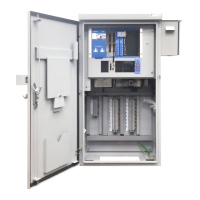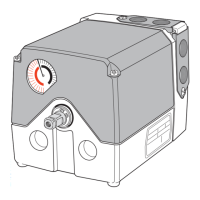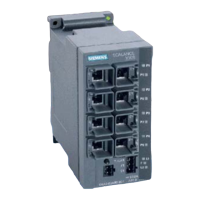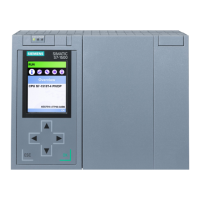ST750 GENERAL HANDBOOK
667/HB/33750/000 Page 33 Issue 6
3. PEDESTRIAN FACILITIES
3.1 Types of Pedestrian Crossings
3.1.1 Pelican Crossing
The vehicle to pedestrian intergreen is controlled by the PAR Pedestrian All-Red
period. The PAR handset command allows different all-red periods to be executed
depending on why the vehicle phase left green. Different times can be specified for
each of the following: fixed vehicle period mode (see section 3.2.1), VA mode ‘gap’
change and VA mode ‘max’ change (see section 3.2.2), a ‘linked’ change (see
section 3.2.4).
The pedestrian to vehicle intergreen is divided into three fixed periods governed by
the PIT Pelican Intergreen Times.
3.1.2 Near Sided Pedestrian Crossing
The vehicle to pedestrian intergreen on a stand-alone crossing is controlled by PAR.
However if the near-sided pedestrian phase is part of an intersection stream, then
this period is controlled solely by the IGN intergreen command.
The pedestrian to vehicle clearance period consists of:
• a minimum period governed by PBT p,
• an extendable period limited to a maximum governed by CMX p,
• a gap clearance delay CDY p 0, or
• a max clearance delay CDY p 1
where ‘p’ is the pedestrian phase letter.

